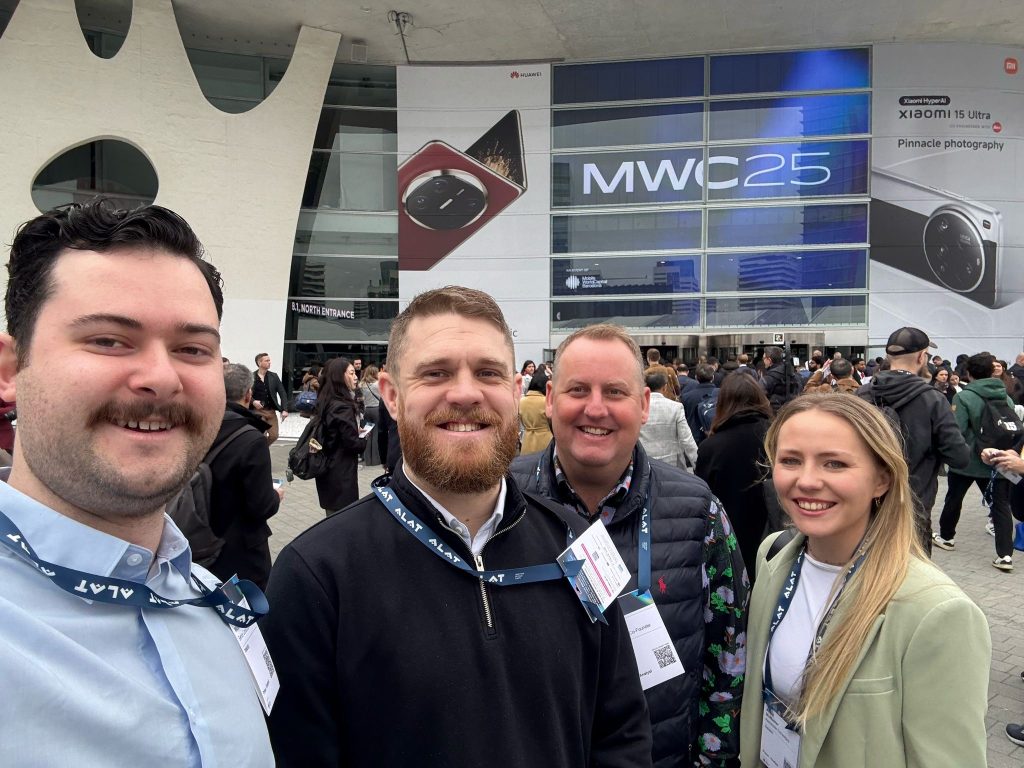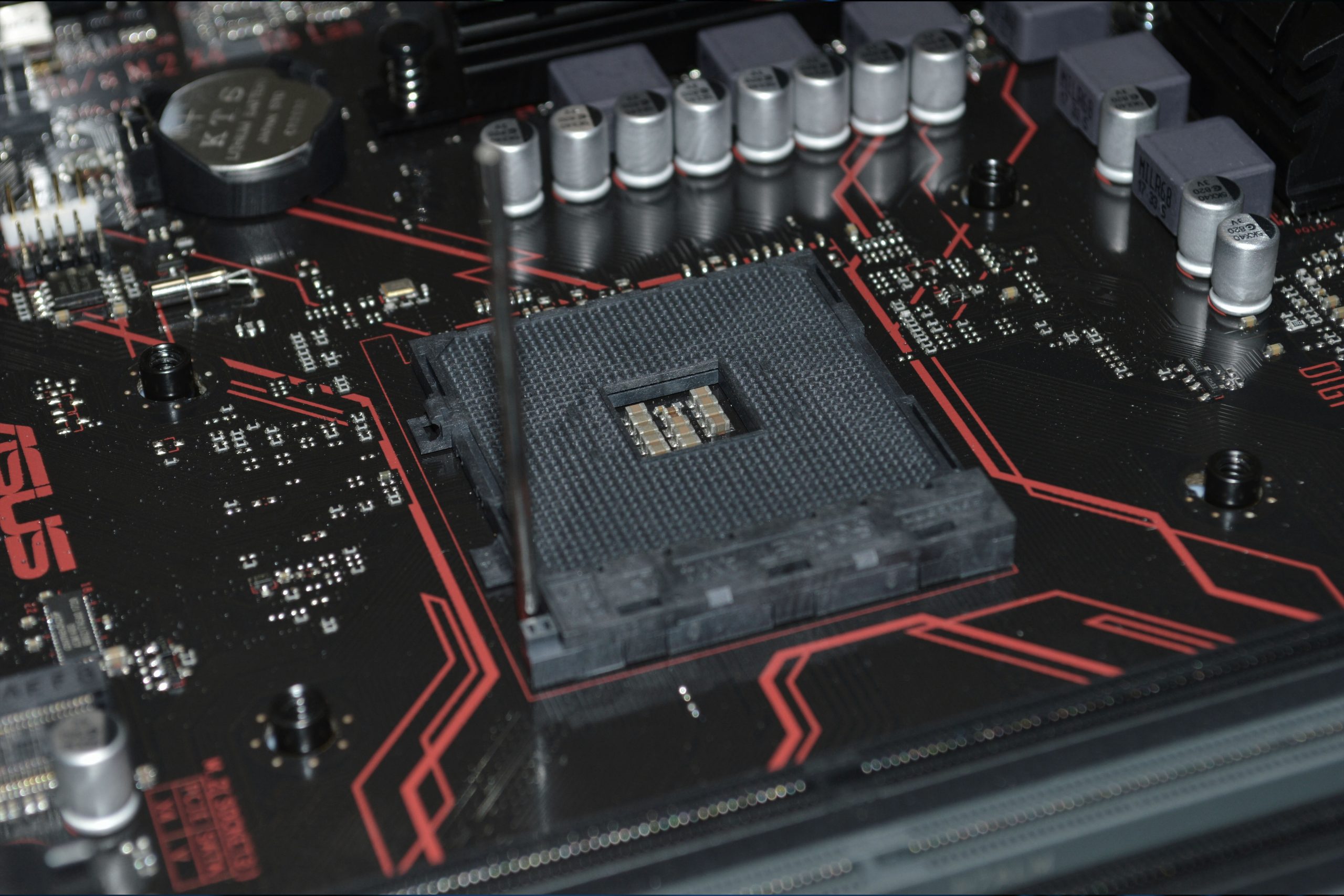Across Satellite & NewSpace, Connectivity, Cyber Security and Content & Media, the companies staying competitive are the ones hiring for impact AND personality
Building a future-ready team requires more than soft skills; they alone won’t drive success. If someone can “communicate well” but cannot deliver results, what value do they bring?
We engage with industry leaders daily, and we can confidently say that trends are shifting. Here are our tips for staying ahead of the curve in hiring.
Sourcing:
Hiring is not just about who interviews best; it’s about who can build, secure, deploy, and optimise. In short, these are the skills that drive progress. The strongest teams consist of problem-solvers, not passengers. Recruiting with this perspective is guaranteed to help you in the long term and is more of a strategic move to optimise talent within your business.
Training:
It may seem obvious that development should be practical and relevant, yet this principle is often overlooked. Time is money, which means we should avoid generic e-learning and vague “leadership development” programs. Instead, we should focus on providing individuals with tools they can use, technology they will engage with, and skills they need both now and in the coming months.
Micro-learning, cross-training, and hands-on coaching are far more effective than theoretical approaches.
Retention:
People stay where they are energised, challenged, trusted, and delivering. If you’re offering clear paths for skill development, progression, and high-impact work? You’re already ahead of most.
When you’re ‘pitching’ your company, don’t just talk about culture, prove it through action, opportunity, and recognition.
Attrition:
Exits rarely come out of nowhere. If you’re missing milestones, flatlining development, or are unopen to ideas and inflexible, you’re in trouble. Give people new challenges before they ask for them elsewhere.
Upskilling:
42% of core skills are expected to shift this year. The talent pool won’t magically adapt, but your current team can. Offer real upskilling, certifications, team skill-swaps, and hands-on projects. Regular assessments to spot strengths and gaps will not only help empower your employees to develop but will increase innovation and ideas for your business.
Forward-thinking companies are growing their own experts. And it’s working.
Remote work:
Hybrid and remote work had roots way before COVID and it’s here to stay, but the fundamentals haven’t changed. Connection matters. Metrics matter. Keep teams close and aligned with clear expectations and measurable outputs, then let people deliver wherever and however they work best.
Culture: Build it around delivery
The best cultures don’t protect underperformance; they elevate high standards. You want a place where trust, feedback and accountability are normal. Where ambitions welcomed, not watered down. That’s how great people stay and how teams get better.
In summary
Tangible skills win, focused training sticks, and clarity, accountability, and opportunity keep people engaged.
Want to build future-ready teams? Build around what works.
At neuco, we help companies find and grow the talent that delivers across some of the most exciting, competitive tech sectors in the world. Let’s talk.














